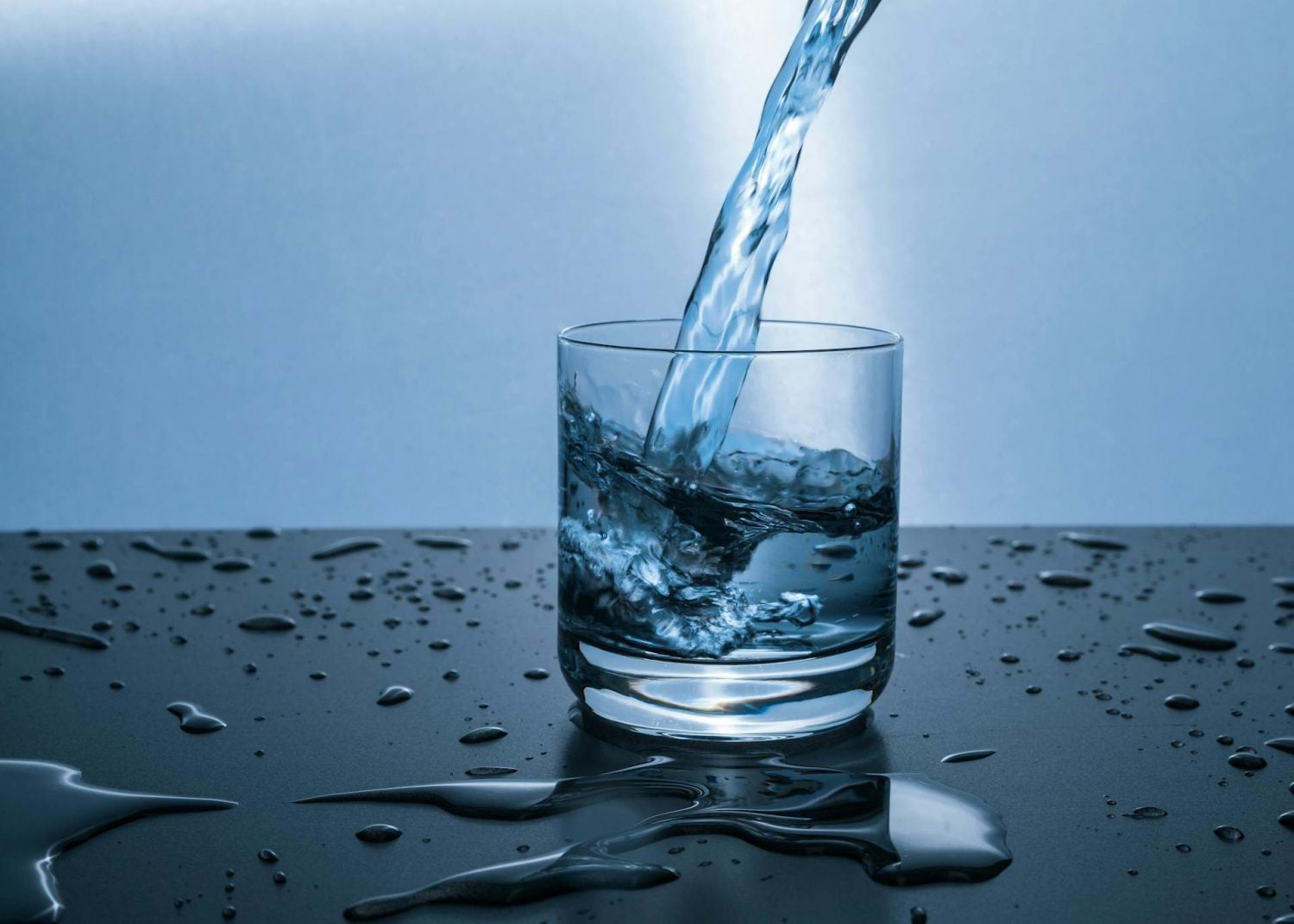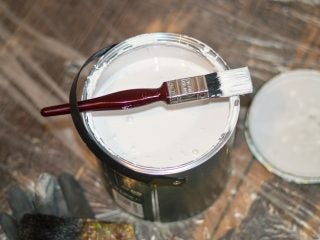Water softeners are home systems designed to eliminate minerals such as calcium and magnesium from your water supply.
These minerals can result in hard water, which may cause scaling, dry skin, and other problems. Like any appliance, water softeners can encounter issues over time. Promptly recognizing and resolving these problems can lead to significant savings in both time and money. This guide will help you identify common water softener issues and offer solutions to enhance your system’s performance.
Common Water Softener Issues
Several common issues can affect the performance of water softener filtration systems. One of the most common issues with water softeners is salt bridging. Bridging develops when a hard crust forms in the brine tank, creating a barrier that stops the salt from dissolving as it should. The softener can’t regenerate effectively without proper dissolution, leaving the water hard. Over time, this can decrease the efficiency of your system and lead to more costly repairs. Regular maintenance and inspection of the brine tank can help prevent salt bridging from occurring.
Another issue is the presence of iron or rust in the water. These contaminants can clog the softener system and, in some cases, cause staining on plumbing fixtures, making it more difficult for the system to function correctly.
Clogged resin beds, which occur when mineral buildup limits the softener’s ability to filter water, are also a frequent problem. A malfunctioning control valve is another culprit, often responsible for improper water flow. Identifying these problems early on is crucial for maintaining the efficiency of your water softener and preventing more significant issues down the road. Regular inspections and upkeep can go a long way in keeping everything running smoothly.
How to Detect Problems With Your Water Softener
The first sign of trouble often comes from the quality of your water. If you notice scale buildup on faucets, appliances, or showerheads or if your water feels soapy and dry, your softener may not work correctly. A decrease in water pressure can also indicate a problem with your water softener, especially if the resin bed or the control valve becomes clogged.
Other indicators include strange noises or odors coming from the softener. If you hear a hissing or grinding sound, it could point to an issue with the valve or the motor.
A musty smell may indicate bacteria growing in the system, especially if you have not cleaned it in a while. Finally, if you notice the water becoming noticeably harder despite using the softener, this is a clear sign that your system needs attention.
Troubleshooting and Solutions for Common Problems
Troubleshooting is the next step once you have identified a potential issue with your water softener filtration system. To minimize salt bridging, you can break up the salt crust using a broom handle or something similar.
Afterward, add fresh salt to the brine tank and initiate a manual regeneration cycle. This should clear up the problem and restore normal functioning. If salt bridging becomes a recurring issue, check the humidity levels in the area where the softener is, as excessive moisture can promote bridging.
You made need to do more work if you suspect a clog in the resin bed or a malfunctioning control valve. Start by cleaning the brine tank to remove any debris or buildup. You can use water and white vinegar to clean the brine tank and resin bed.
Flush the water softener system thoroughly afterward to avoid leaving any residue behind. If the control valve is malfunctioning, you may need to replace it. In some cases, you may also need to clean or replace the resin beads inside the softener, as they can degrade over time.
When dealing with rust or iron buildup in the water, it’s helpful to install a pre-filter to prevent these contaminants from reaching the softener. If the problem persists, consider an iron filter or an iron-removal system that works alongside the softener to keep the water clean.
When to Call a Professional
While homeowners can resolve a few issues with water softeners, some problems are more complex and require the expertise of a professional. If you have tried troubleshooting the system but the issue persists, it may be time to contact a plumber or water treatment specialist. This is especially true for problems involving the control valve, electrical components, or complicated plumbing connections.
Additionally, if your system has been underperforming for a long time, there might be a more significant underlying issue that requires professional attention. Regular maintenance from an expert can help extend the lifespan of your softener and help it continue to function efficiently.
Preventive Maintenance Tips
Preventive maintenance is key to avoiding most water softener problems. The first step is to clean your brine tank regularly. Doing this every six months to a year will help prevent salt bridging and buildup.
Be sure to use the correct type of salt for your softener, as some salts can create more residue than others. It is also important to check the salt level in the brine tank periodically. If the salt level drops too low, the system may not regenerate properly, and hard water may develop.
Another essential maintenance tip is to regenerate your softener on a regular schedule. Most water softeners regenerate automatically, but manually initiating regeneration is a good idea if the system is unused for an extended period.
Finally, inspect the control valve and other components for wear and tear. Early detection of issues can help you avoid costly repairs or replacements.
Keep Water Softener Issues to a Minimum
Water softeners are handy tools for improving water quality in your home, but they are not without their problems. Understanding how to detect issues early and troubleshoot common problems can help keep your system in optimal condition. Essential maintenance and care can fix most problems, from salt bridging to clogged resin beds. However, don’t hesitate to contact a professional for help if a more serious issue arises.
Upgrade to clean, soft water throughout your home! Discover the benefits of whole house water filtration systems today.

















